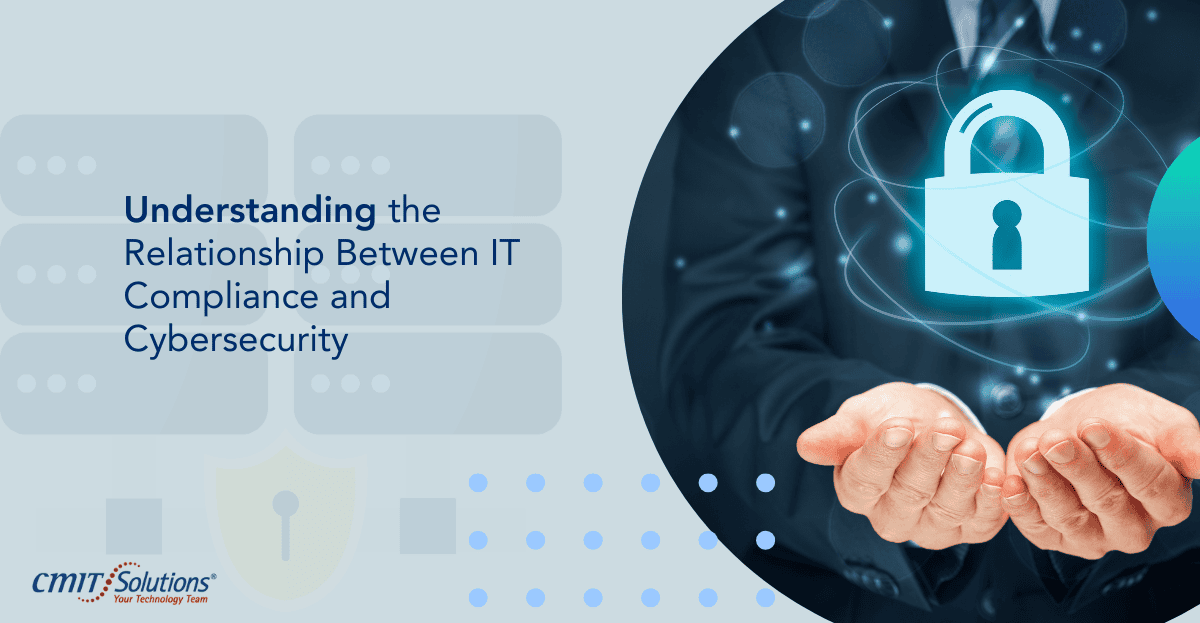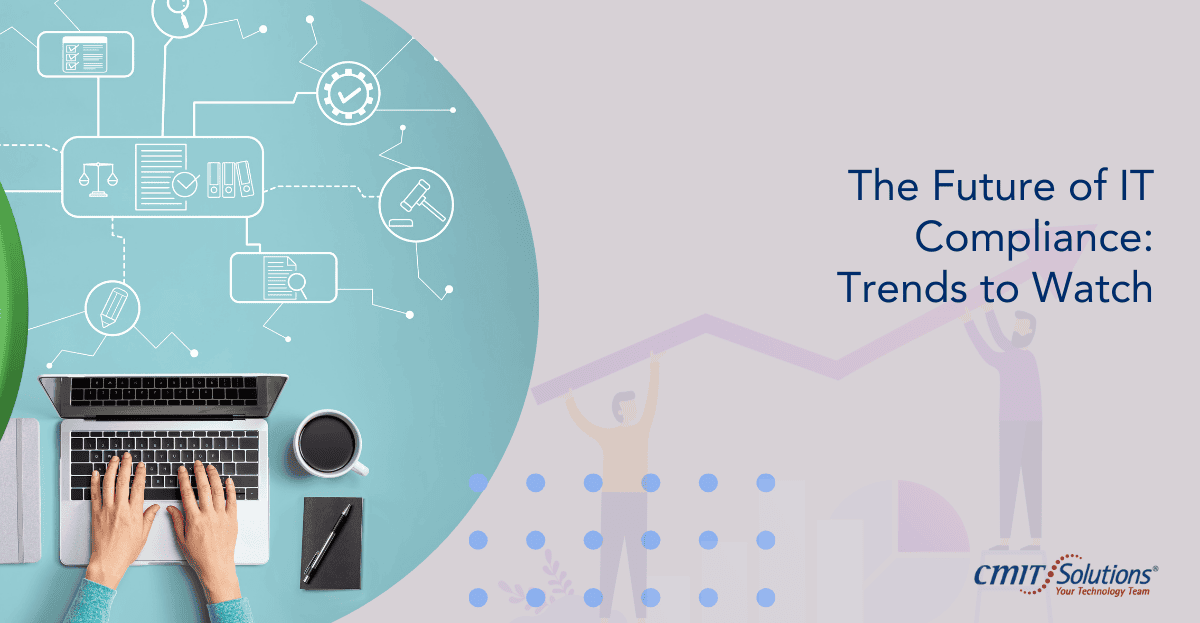In the dynamic landscape of modern business, ensuring compliance with IT regulations is crucial for maintaining integrity, protecting sensitive information, and mitigating risks. IT compliance audits play a pivotal role in this process, offering organizations a systematic approach to assess their adherence to regulatory requirements. In this comprehensive guide, we’ll explore the significance of IT compliance audits, best practices for preparation, common pitfalls to avoid, and the future of IT compliance.
The Crucial Role of IT Compliance Audits in Business Integrity
IT compliance audits serve as a cornerstone of corporate governance, providing assurance to stakeholders that organizations operate within legal and regulatory frameworks. By conducting regular audits, businesses can identify compliance gaps, mitigate potential risks, and demonstrate a commitment to ethical and transparent business practices.
Navigating the Complex Landscape of IT Regulations
The regulatory landscape governing IT compliance is multifaceted, encompassing a myriad of laws, standards, and industry-specific requirements. From GDPR and HIPAA to PCI DSS and SOX, businesses must navigate a complex web of regulations to ensure comprehensive compliance across their IT infrastructure.
Best Practices for Preparing for an IT Compliance Audit
Effective preparation is key to a successful IT compliance audit. Businesses should establish clear policies and procedures, conduct internal assessments, document compliance efforts, and communicate with auditors transparently. By proactively addressing potential issues and implementing remediation measures, organizations can streamline the audit process and minimize disruptions to operations.
Common Pitfalls in IT Compliance and How to Avoid Them
Despite their best efforts, organizations often encounter common pitfalls during IT compliance audits. These may include inadequate documentation, lack of executive buy-in, failure to address emerging risks, and reliance on outdated technologies. By learning from past mistakes and adopting a proactive approach to compliance management, businesses can avoid costly errors and strengthen their regulatory posture.
The Impact of Non-Compliance on Corporate Reputation
Non-compliance with IT regulations can have far-reaching consequences on corporate reputation and brand integrity. Instances of data breaches, regulatory violations, and compliance failures can erode customer trust, damage investor confidence, and lead to significant financial and legal repercussions. Upholding a culture of compliance is essential for safeguarding organizational reputation and maintaining stakeholder confidence.
Understanding the Relationship Between IT Compliance and Cybersecurity
IT compliance and cybersecurity are intrinsically linked, with compliance measures serving as a foundational component of a robust cybersecurity strategy. While compliance focuses on meeting regulatory requirements, cybersecurity encompasses proactive measures to protect against evolving threats, detect intrusions, and respond to incidents effectively. By integrating compliance and cybersecurity initiatives, organizations can enhance their resilience to cyber risks and safeguard sensitive data.
Developing a Robust IT Compliance Framework: A Strategic Approach
Developing a robust IT compliance framework requires a strategic approach that aligns with business objectives, industry regulations, and emerging trends. Organizations should establish clear governance structures, assign accountability for compliance efforts, implement risk-based controls, and monitor compliance continuously. By integrating compliance into the fabric of organizational culture, businesses can adapt to regulatory changes and mitigate compliance risks proactively.
Leveraging Technology to Streamline Compliance Processes
Technology plays a pivotal role in streamlining IT compliance processes, automating routine tasks, and enhancing efficiency. From governance, risk, and compliance (GRC) platforms to security information and event management (SIEM) solutions, businesses can leverage a wide array of technologies to facilitate compliance monitoring, reporting, and remediation. By harnessing the power of technology, organizations can optimize their compliance efforts and adapt to evolving regulatory requirements.
Case Studies: Lessons Learned from IT Compliance Failures
Examining real-world case studies of IT compliance failures provides valuable insights into common pitfalls, regulatory enforcement actions, and best practices for remediation. From data breaches and insider threats to vendor management issues and governance deficiencies, these case studies highlight the importance of proactive compliance management and continuous improvement in mitigating compliance risks.
The Future of IT Compliance: Trends to Watch
As technology evolves and regulatory landscapes shift, the future of IT compliance is marked by emerging trends such as regulatory convergence, digital transformation, and regulatory technology (RegTech). Organizations must stay abreast of regulatory developments, invest in innovative compliance solutions, and adopt agile approaches to compliance management to navigate the evolving regulatory landscape successfully.
Building a Culture of Compliance: Training and Awareness Programs
Building a culture of compliance begins with fostering awareness and accountability among employees at all levels of the organization. Implementing comprehensive training programs, conducting regular awareness campaigns, and incentivizing compliance behaviors can instill a culture of ethical conduct and regulatory adherence. By empowering employees to recognize and address compliance issues, organizations can strengthen their overall compliance posture and mitigate risks effectively.
Auditing the Auditors: Ensuring the Effectiveness of Compliance Checks
While external auditors play a crucial role in assessing compliance, organizations should also conduct internal audits to validate the effectiveness of compliance checks. Internal audits provide an opportunity to identify weaknesses, assess the reliability of controls, and enhance the overall effectiveness of compliance programs. By adopting a proactive approach to auditing, organizations can instill confidence in stakeholders and demonstrate a commitment to continuous improvement.
Global IT Compliance: Managing Cross-Border Regulatory Challenges
In an increasingly interconnected world, managing cross-border regulatory challenges is paramount for multinational organizations. From data privacy and cybersecurity to export controls and intellectual property rights, businesses must navigate a complex array of regulations when operating across borders. By developing a comprehensive understanding of global regulatory requirements and implementing harmonized compliance frameworks, organizations can streamline compliance efforts and mitigate regulatory risks effectively.
Conclusion: The Ongoing Journey of IT Compliance Mastery
In conclusion, achieving and maintaining IT compliance is an ongoing journey that requires dedication, diligence, and continuous improvement. By embracing best practices, leveraging technology, fostering a culture of compliance, and staying attuned to regulatory trends, organizations can navigate the complexities of IT compliance with confidence. Through collaboration with trusted advisors such as CMIT Charleston, businesses can access expert guidance and support to achieve mastery in IT compliance, safeguarding data integrity, and preserving stakeholder trust in an ever-evolving regulatory landscape.
In the dynamic realm of IT compliance, the journey toward regulatory adherence is perpetual. By embracing a strategic approach, leveraging technological innovations, and fostering a culture of compliance, organizations can navigate the complexities of IT regulations with confidence and resilience. Together with CMIT Charleston, let’s embark on the ongoing journey of IT compliance mastery, ensuring regulatory adherence and safeguarding organizational integrity in the digital age.






